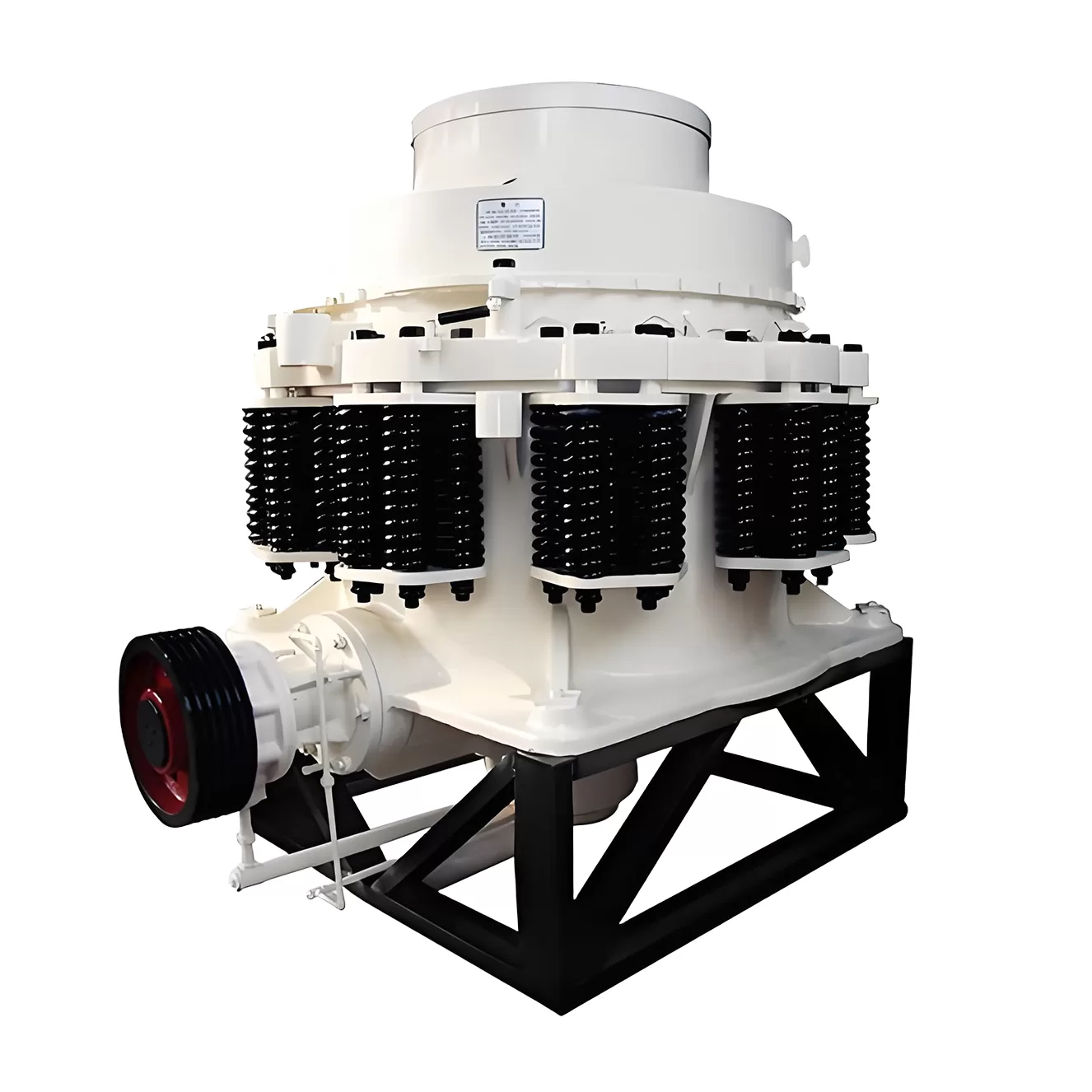全站搜索
Search the entire website
Search the entire website
A medium and fine crushing equipment. The spring is the insurance device that can also influence crushing force.
Spring cone crusher is a medium and fine crushing equipment, the spring is not only a safety device but also affects the crushing force. The crushing chamber type is determined by the ore use: the standard type is suitable for medium crushing, the medium type is suitable for fine crushing, and the short head type is suitable for ultrafine crushing. Spring cone crusher is suitable for crushing hard and medium hard ores and rocks, such as iron ore, copper ore, limestone, quartz, granite, basalt, diabase, etc., widely used in metallurgy, construction, road construction, chemistry and phosphate and other industries.
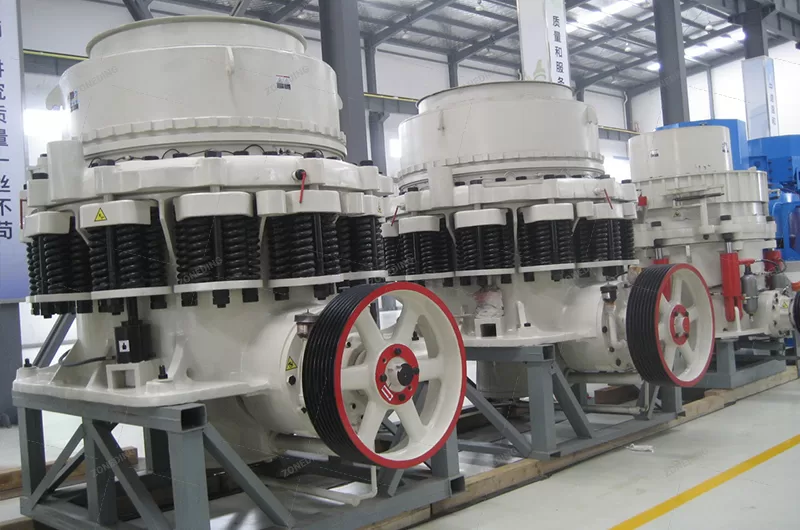
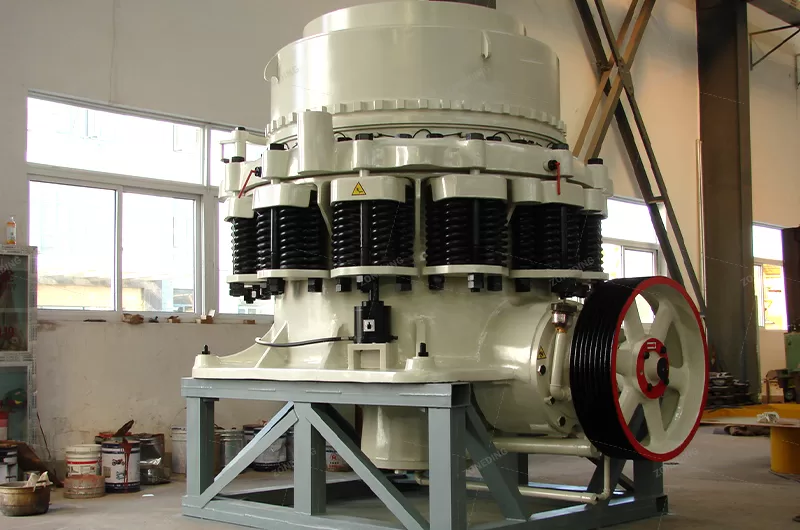
CS Spring Cone Crusher utilizes the lamination crushing principle, combining a high swing frequency, optimized cavity type, and rational stroke. This type of classic cone crusher is ideal for crushing hard materials such as granite, basalt, and river stones.CS Spring Cone Crusher utilizes the lamination crushing principle, combining a high swing frequency, optimized cavity type, and rational stroke. This type of classic cone crusher is ideal for crushing hard materials such as granite, basalt, and river stones.
Application: iron ore, granite, limestone, quartzite, sandstone, cobblestone and etc. CS Symons cone crusher is applied to cement mills, mining, building construction, road & bridge construction, railway construction and metallurgy, and some other industries. Materials like iron ore, granite, limestone, quartzite, sandstone, cobblestone, and some others are easily crushed by cone crusher.
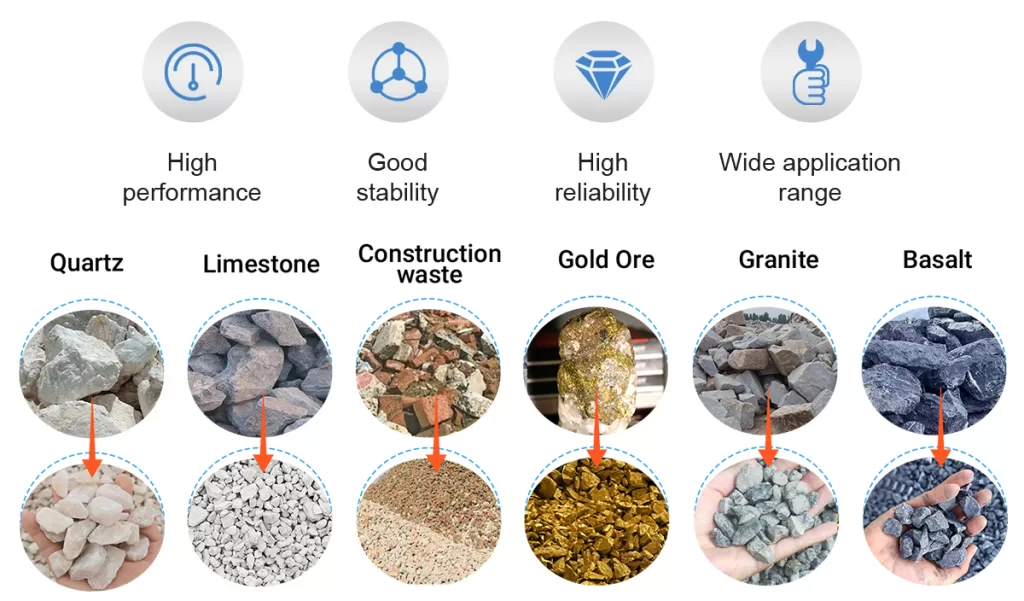
A cone crusher is one of the most widely used mining equipment. Symons cone crusher as a medium or fine crusher used in the site where not require a high granularity standard. Since the Simmons cone crusher controls the product size by reducing the size of the discharge opening, it is not suitable for use for superfine crushing and sand-making operations.
Features
1. Easy maintenance and easy operation. The lamination crushing process makes the final material have a good particle shape.
2. The hydraulic overload protection device helps to remove iron and reduce downtime. The thin oil lubrication station is equipped with a cooling system for better cooling performance.
3. The standard or short head crushing chamber can be replaced by different sleeves and bowl liners to better meet the needs of users.
4. Heavy-duty design and use of high-quality components with optimized wear parts reduce operating costs.
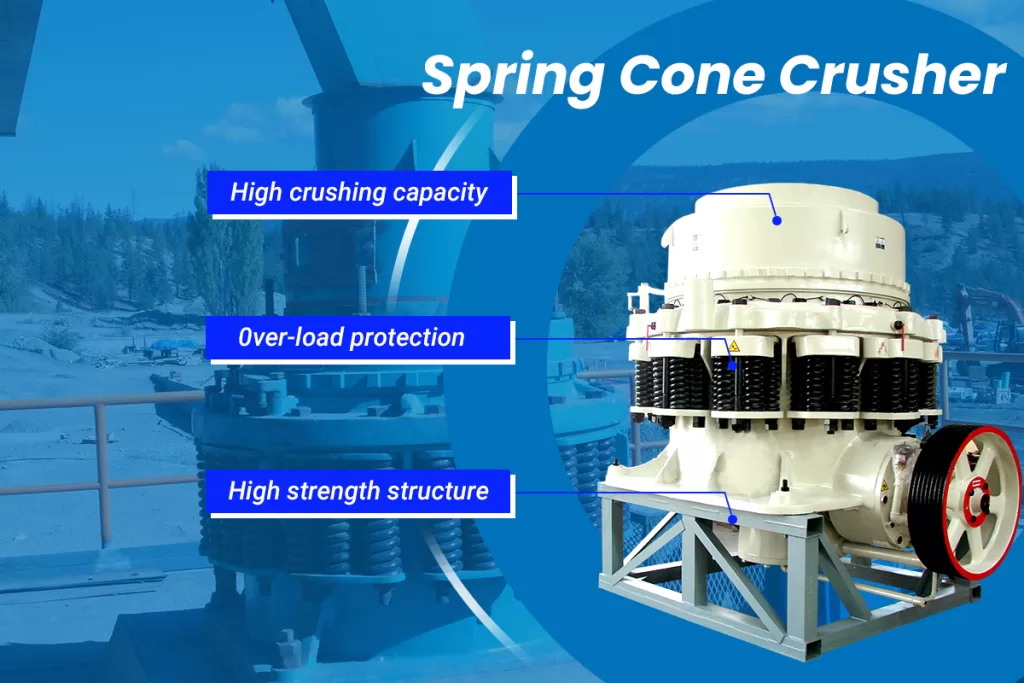
The structure of spring cone crusher is mainly composed of frame, fixed cone, moving cone assembly, spring mechanism, bowl shaft frame and transmission.
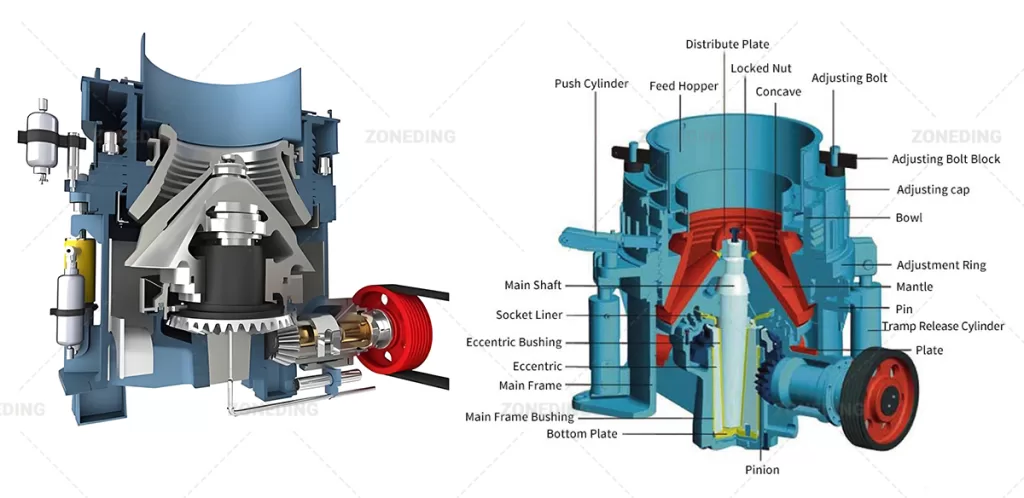
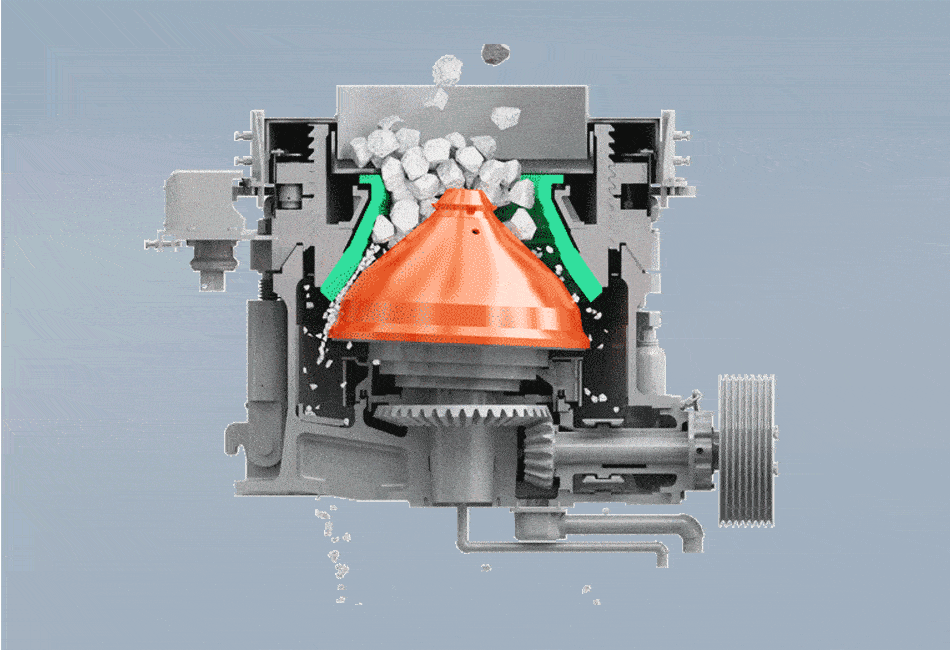
The working principle of the spring cone crusher commences when the electric motor is powered. This motor drives an intricate linkage of gears.The core action stems from the transmission gear driving the eccentric sleeve. This rotation forces the moving cone (mantle) to execute a gyratory or eccentric pendulum-like motion , relative to the fixed cone (bowl liner). As the moving cone gyrates, the gap between it and the fixed cone constantly closes on one side while opening on the opposite. Material entering the crushing cavity is caught in this closing gap, where it undergoes intense compression, impacting, and crushing forces. As the gap widens on the other side, the crushed material falls lower into the chamber for further size reduction or discharge.
| Model | Moveable Cone Dia. (mm) | Cavity Type | Feeder Opening Size | Adjusting Range of Discharge Opening(mm) | Main Shaft Speed (r/min) | Motor Power (kw) | Capacity(t/h) | Overall Dimension L*W*H (mm) | |
| Shutting Size(mm) | Opening Size(mm) | ||||||||
| CS75B | 900 | Fine | 83 | 102 | 9-22 | 580 | 75 | 45-91 | 2821×1880×2164 |
| Coarse | 159 | 175 | 13-38 | 59-163 | |||||
| CS110B | 1200 | Fine | 127 | 131 | 9-31 | 485 | 110 | 63-188 | 2821×1974×2651 |
| Medium | 156 | 156 | 13-38 | 100-200 | |||||
| Coarse | 178 | 191 | 19-51 | 141-308 | |||||
| CS160B | 1295 | Fine | 109 | 137 | 13-31 | 485 | 160 | 109-181 | 2800×2342×2668 |
| Medium | 188 | 210 | 16-38 | 132-253 | |||||
| Coarse | 216 | 241 | 19-51 | 172-349 | |||||
| CS220B | 1650 | Fine | 188 | 209 | 16-38 | 485 | 220 | 181-327 | 3911×2870×3771 |
| Medium | 213 | 241 | 22-51 | 258-417 | |||||
| Coarse | 241 | 268 | 25-64 | 299-635 | |||||
| CS315B | 2134 | Fine | 253 | 278 | 19-38 | 435 | 315 | 381-726 | 4613×3251×4732 |
| Medium | 303 | 334 | 25-51 | 608-998 | |||||
| Coarse | 334 | 369 | 31-64 | 789-1270 | |||||
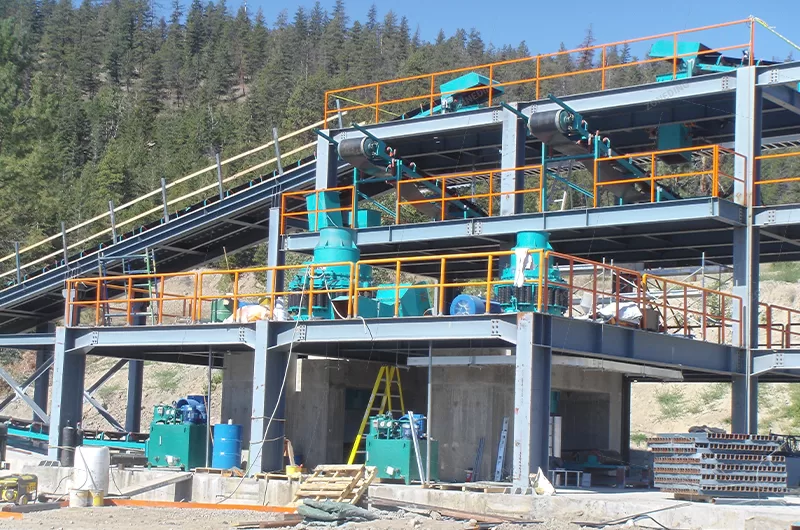
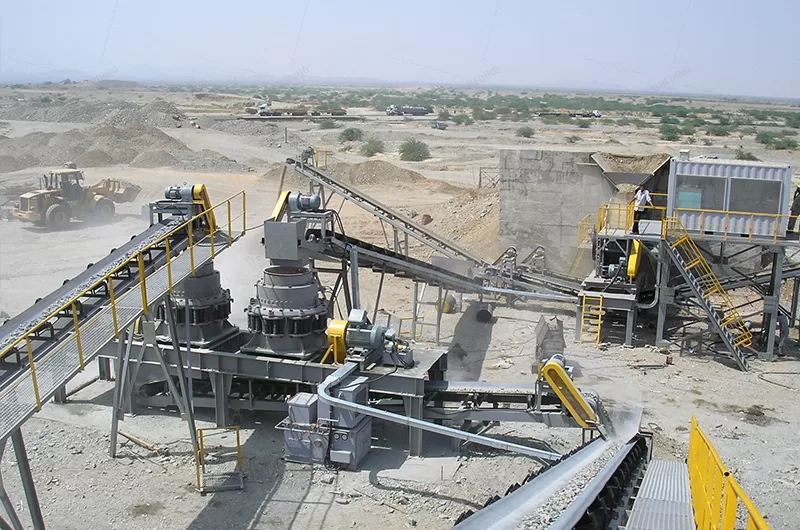
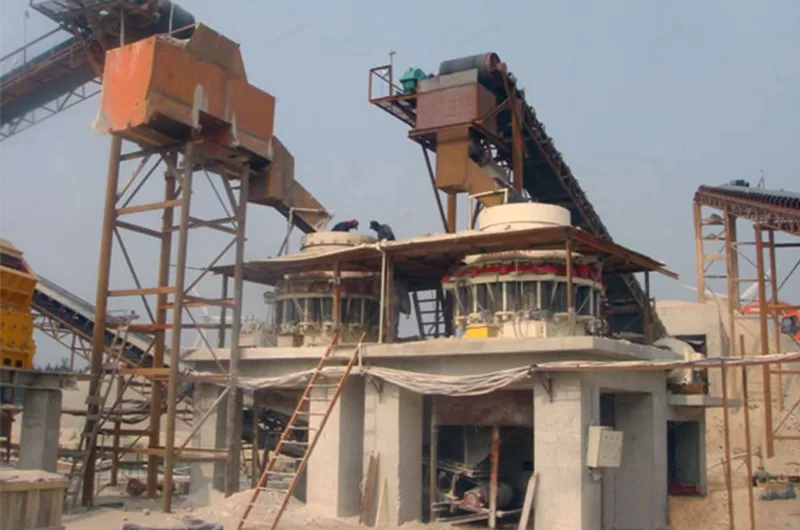
Answer: Key factors influencing separation include the table’s motion (stroke and frequency), water volume and slope, feed rate and concentration, and the feed material’s particle size and shape. Proper adjustment of these factors is critical for efficient separation. The table’s longitudinal and transverse slopes must be precisely controlled. The feed concentration should also be appropriate, typically 20-30% for coarse minerals and 15-25% for fine minerals.
Answer: Operation involves observing the bed surface and adjusting the slope, water flow, and feed rate. Regular maintenance includes checking for loose parts, lubricating moving components, inspecting for wear, and cleaning the table surface. Preventative maintenance should be performed regularly, with intervals ranging from every month to once a year.
Answer: Common issues can include table shaking or choppy cuts, uneven material distribution, or poor separation. Troubleshooting may involve checking for loose bolts, damaged springs, or misalignment, adjusting belt tension, inspecting electrical components, and ensuring proper lubrication. If there’s unusual noise, identify the source and eliminate the problem.
Answer:
Advantages: Shaking tables offer high enrichment ratios, are relatively simple to operate, and produce visible separation zones, allowing for easy adjustment and monitoring. They are suitable for a wide range of particle sizes and densities.
Disadvantages: They typically have lower throughput capacity compared to some other methods like jigs or spirals. They also require a relatively large footprint and consume a significant amount of water.
Answer: The selection depends on the material being processed, the desired throughput, and the particle size range. Factors to consider include the deck area, stroke length, and riffle design. Consulting with a manufacturer or expert is recommended to determine the optimal configuration.
